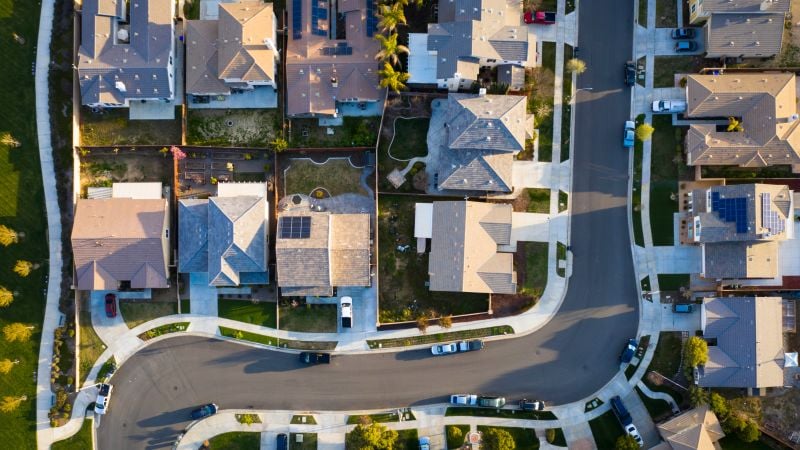After 33 years and four children, Baby Boomers Marta and Octavian Dragos say they feel trapped in what was once their dream home in El Cerrito, California.
Both over 70, the Dragos are empty nesters, and like many of their generation, they’re trying to figure out how to downsize from their 3,000-square-foot, five-bedroom home.
“We are here in a huge house with no family nearby, trying to make a wise decision, both financially and for our well-being,” said Dragos, a retired teacher.
But selling and downsizing isn’t easy, appealing or even financially advantageous for many homeowners like the Dragos family.
Many Boomers whose homes have surged in value now face massive capital gains tax bills when they sell. This is a kind of tax on the profit you make when selling an investment or an asset, like a home, that has increased in value.
Plus, smaller homes or apartments in the neighborhoods they’ve come to love are rare. And with current prices and mortgage rates so high, there is often a negligible cost difference between their current home and a smaller one.



On the other hand; would you personally make that choice if you were in their situation? I am willing to bet you, nor any other reader, would not. While that doesn’t excuse the greed aspect of it; it does cast at least some light upon why they are refusing to sell and take a loss on it.
If you only paid $100,000 and you made $1,000,000; you’d have $900,000 profit; of which you’d probably only see ~60% to ~40% of, if Capital Gains taxes are anything near what I think they are. If we assume a “worst case”, where the Federal Government takes 40% and the State takes about 20% more, that means your tidy profit is only about $390,000. That means you’ve probably got to secure another $140,000 in financing on average to pick up a more modest $500,000 home (in today’s market) to retire in.
But villainizing the boomers isn’t going to solve the housing crisis easier either. We legitimately need more homes. We. Need. Them. Yesterday. So maybe the policy needs to lean towards bigger developments that cost less. We did it during WW2; where massive amounts of homes were built cheaply. We probably need to achieve that again, and do better than we did during a war that was diverting supplies away from the effort.
How do we achieve that? I don’t know.
Capital gains taxes range from 0-20% Federally, depending on your income. In Cali, the addition is up to 13%
Which means that worst case scenario, you sell a property in Cali, you would pay 33% of the profiit above the original price of the house and the 500,000 exemption. So on a house you bought for 100,000 and sold for 1,000,000, you’d pay the awful, awful price of… 133,000, leaving you with a paltry $867,000.
Ah; but did you forget you pay income tax on top of capital gains taxes?
You literally don’t for long-term capital gains.
nor does the capital gains affect your ‘regular’ tax bracket.
Lol holy shit I can’t believe u said something this fucking stupid…hahaha
Have you tried learning how something works before forming an opinion on it?
Capital gains are capital gains not income (earned wages), so no they aren’t taxed as income which is why they’re called “capital gains taxes” and not “income taxes.”
capital gains tax rates are a lot lower than that. https://en.wikipedia.org/wiki/Capital_gains_tax#United_States
these people are mostly greedy fucks that don’t want to pay their very reasonable share of taxes on their investment return.